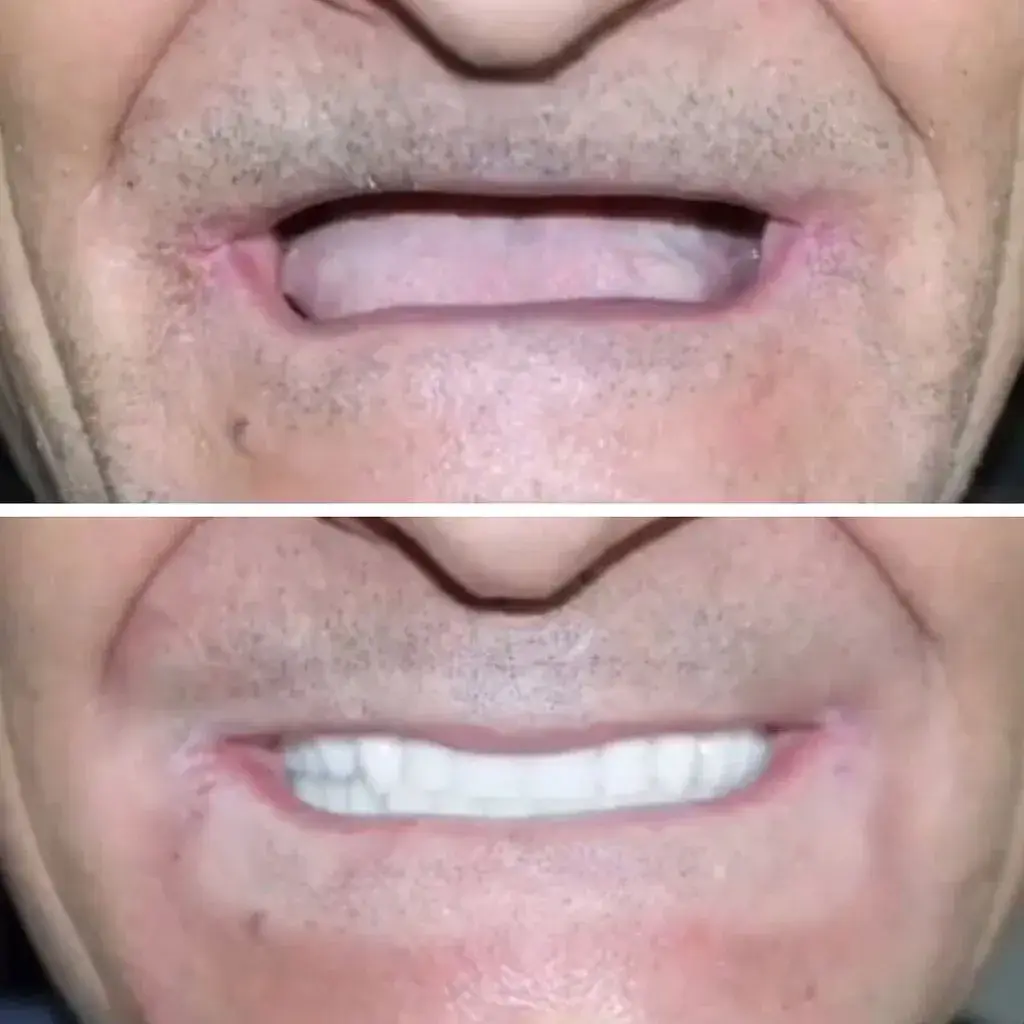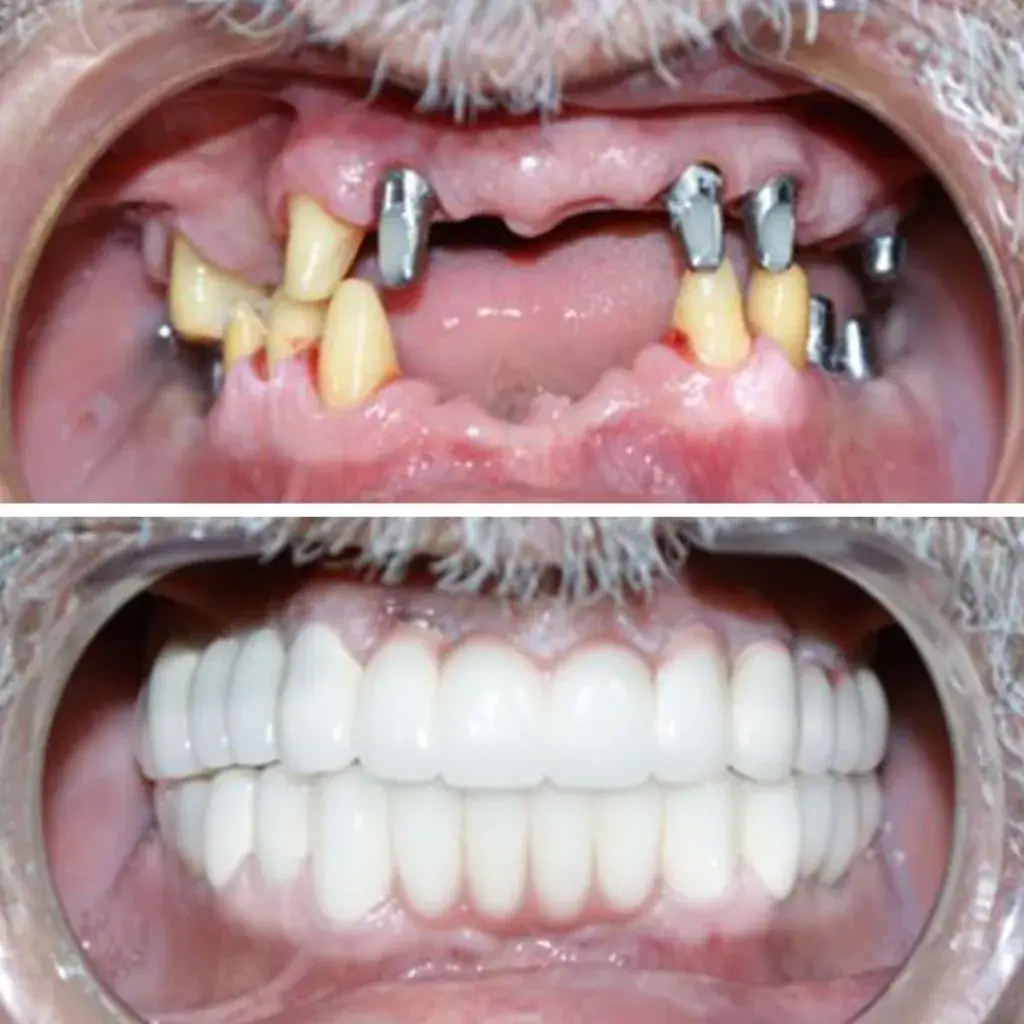
All-on-6 dental implants is a dental restoration technique used to replace a full arch of missing teeth with only six dental implants. The term “All-on-6” refers to the placement of six dental implants in the upper or lower jaw, which are then used to support a full arch of prosthetic teeth.
The All-on-6 dental implant procedure typically involves the following steps:
1. Evaluation and planning: The dentist will evaluate the patient’s oral health, bone density, and other factors to determine if they are a good candidate for the All-on-6 procedure. A treatment plan will then be developed.
2. Implant placement: Six dental implants will be surgically placed in the jawbone at specific locations to ensure the greatest stability and support for the prosthetic teeth.
3. Temporary restoration: A temporary prosthesis will be attached to the dental implants immediately after placement to allow the patient to leave the office with a functional set of teeth.
4. Final restoration: Once the implants have fully fused with the jawbone, a permanent prosthesis will be created and attached to the implants.
All-on-6 dental implants are a popular alternative to traditional dentures because they are more stable and provide a more natural-looking smile. The procedure also allows for a quicker recovery time than other dental implant techniques because only six implants are needed to support a full arch of teeth.



All-on-6 dental implants are a type of dental implant treatment that involves the placement of six dental implants to support a full arch of replacement teeth. This treatment can improve the function and appearance of your teeth by providing a long-lasting solution for missing or damaged teeth. All-on-6 dental implants can improve your ability to eat, speak, and smile with confidence and provide a more natural-looking and comfortable alternative to traditional dentures.
The process of getting All-on-6 dental implants typically involves several appointments over a period of several months. During the first appointment, your dentist will evaluate your oral health and determine the best treatment plan for you. Then, they will place the six dental implants in your jawbone during a surgical procedure. After the implants are placed, a healing period of several months is required to allow the implants to fuse with the jawbone. Once the implants are fully integrated, your dentist will attach abutments to the implants and place custom-fitted replacement teeth over them. The entire process can take several months to complete.
